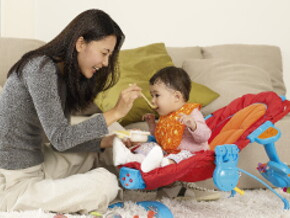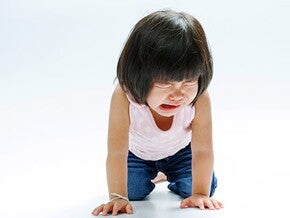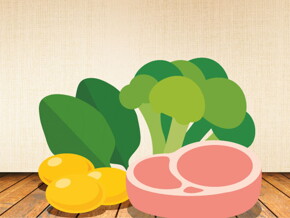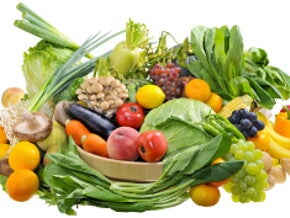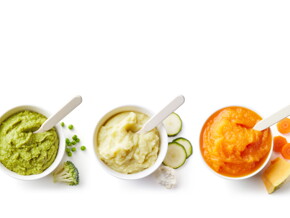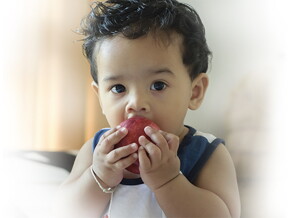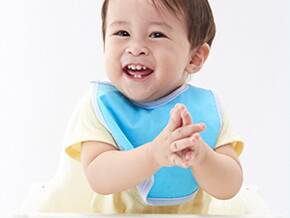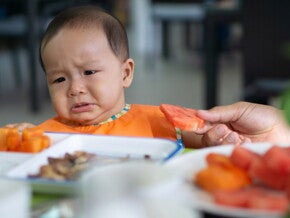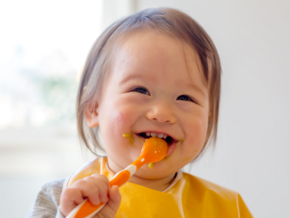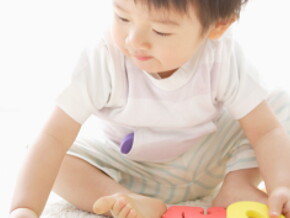
The Signs of Iron Deficiency: Detecting Anemia and Other Symptoms
As the saying goes, you are what you eat. That saying is especially true for young children. The right nutrition during early childhood can have an important impact on a child’s ability to grow, learn and have a more prosperous future.1 For moms and dads, nothing’s more important than ensuring their child can have the best opportunities in life.
The Importance of Getting Sufficient Iron
Part of the right nutrition is ensuring that your child has sufficient iron intake. Iron is a part of haemoglobin in red blood cells that help carry oxygen around the body. Oxygen is required for optimum body and brain function2. As for how much iron is needed, your child may need up to 5.5 times of your own iron requirements3,4.
Signs of Iron Deficiency
With that being said, one of the concerns you might have is how do you tell if your child has enough iron intake. Most signs and symptoms of iron deficiency don’t appear until iron deficiency anaemia occurs. However, if your child’s iron levels become lower, your child may have the following symptoms5-7:
• Act irritable
• Become short of breath
• Crave unusual foods
• Eat less food
• Feel tired or weak all the time
• Have a sore tongue
• Have headaches or dizziness
If your child has severe anaemia, some symptoms include:
• Blue-tinged or very pale whites of eyes
• Brittle nails
• Pale skin colour
What do I do if I suspect my child has anaemia?
If your child begins to show signs of iron deficiency, you should consult your healthcare professional for diagnosis. Get advice on treating iron deficiency anaemia if necessary.
Reducing the Risk of Iron Deficiency
To avoid iron deficiency, one of the easiest and best ways is to provide a balanced diet with the right amount of baby foods. Baby foods rich in iron include lentils which have 4mg of iron per 50g serving and spinach, which has 2.9mg of iron per 100g serving8-9. While the idea of feeding your child loads of these food items might seem enticing, it is difficult to eat the same food every day. Your child may not even absorb all of the iron depending on the baby food.
You can add complementary foods to your child’s daily diet to ensure that there is sufficient iron. CERELAC is one of the appropriate complementary foods, and it is a good choice for delivering the daily required intake of iron for your child. Based on the Malaysian RNI, daily iron intake for children aged 6-11 months is 9 mg/day10. One serving of CERELAC contains minimum 5mg of iron which meets 50% of your child’s daily iron needs.
It is made with Nestlé patented method to break down carbohydrates in the cereals into smaller units, thus making them easier to digest. It also contains BIFIDUS BL probiotics to help increase the number of beneficial bacteria in the gut.
What’s more, the rice used in CERELAC Infant Cereal is sourced from paddy fields in Alor Setar, managed by Nestlé Paddy Club, an initiative where Nestle works with local farmers through a rice-growing sustainability innovation that uses environmental-friendly approaches for the manufacturing of Nestlé infant cereal.
With the right steps and the right nutrition, you’ll be setting the foundation for your child’s growth.
IMPORTANT NOTICE: Not to be given to infants below 6 months of age unless advised by health professional. For optimal infant health, breastfeeding should continue up to 2 years of age along with complementary food. Nutritious complementary food such as rice, fish, meat, chicken, lentils, vegetables, and fruits can be introduced to infants at 6 months of age.
Nestlé CERELAC Infant Cereal can be part of the infant’s varied diet.
References
1. Lancet series on Maternal and child nutrition, 2013, Aug 3, vol 382.
2. EFSA, 2013. Scientific Opinion on the substantiation of a health claim related to iron and contribution to normal cognitive development pursuant to Article 14 of Regulation (EC) No 1924/20061. Official Journal of the European Union, 11(7), p. 3335.
3. WHO/FAO Vitamin and Mineral Requirements in Human Nutrition; Report of a Joint FAO/WHO Expert Consultation. Second edition. WHO/FAO. 2004.
4. Fats and fatty acids in human nutrition; Report of an expert consultation. Food And Agriculture Organization Of the United Nations, Rome, 2008.
5. Baker RD. Greer FR, American Academy of Pediatrics Committee on Nutrition. Clinical report -- diagnosis and prevention of iron deficiency and iron-deficiency anemia in infants and young children (0-3 years of age). Pediatrics. 2010;doi: 10.1542/peds.2010-2576.
6. Lerner NB, Sills R. In: Kliegman RM, Stanton BF, St. Geme JW III, et al., eds.Nelson Textbook of Pediatrics.
7. U.S. National Library of Medicine. 2014. Anemia caused by low iron - children. [ONLINE] Available at:http://www.nlm.nih.gov/medlineplus/ency/article/007134.htm. [Accessed 12 August 15].
8. WHO/FAO Vitamin and Mineral Requirements in Human Nutrition Report of a Joing FO/WHO Expert Consultation. Second Edition. WHO/FAO, 2004
9. Guidelines on Formulated Supplementary Foods for Older Infants and Young Children (CAC/GL08-1991)(update in process in 2013), in the absence of references values in the related standard for processed cereal-based foods for infants and children (STAN 74-1981).
10. NCCFN (2005). Recommended Nutrient Intakes from Malaysia. A Report of the Technical Working Group on Nutritional Guidelines. National Coordinating Committee on Food and Nutrition, Ministry of Health Malaysia, Putrajaya.










